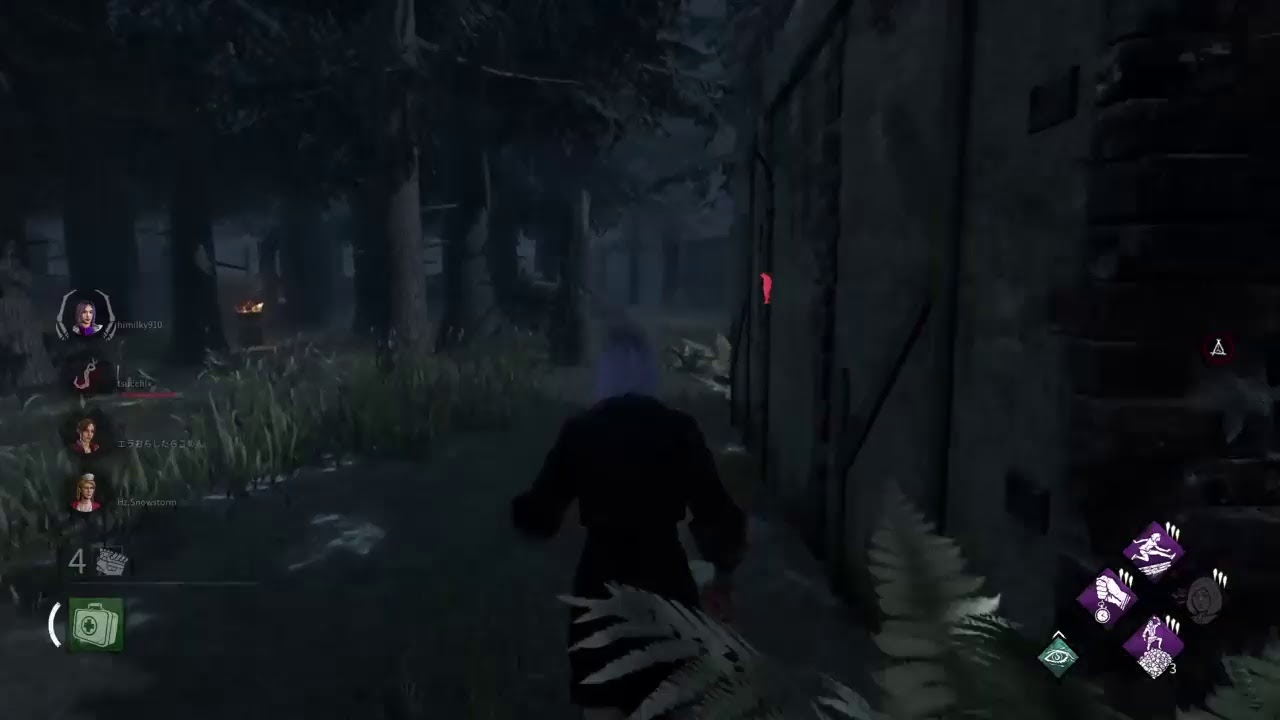

What The Touchy Medicine Build Excels In:

Nonetheless, other perks include counter-healing, therefore making it much more difficult to heal for the survivors, and on the other hand much easier for the killer, as he will be able to track survivors effortlessly with more pools of blood as they are injured, therefore, making this an incredible build for the blight. With Blight's movement speed, he is able to manoeuvre around the map effortlessly, and one of the perks that will be incredibly advantageous to the killers' sacrificial win would be lethal pursuer you will be able to see the auras of survivors at the start of the game, which is incredibly powerful for Blight as he can manoeuvre much faster than any other killer, and therefore get an easy hit on the survivors in seconds before they even load up in-game. Orientation of E1 helicase on a “replication fork” substrate.Blight's 'The touchy medicine build' as aspects of counter healing and aura advantage. FlAsH binding sites (CCPGCC or CXXC) were introduced into the constructs as indicated. ( B) Schematic diagram illustrating the location of the labels on the helicase. ( C) ( Left) Di-cysteine mutations (A347C and A350C) introduced into the OD (“top” position, 128–605). ( Right) Di-cysteine mutations (A483C and R486C) incorporated into the HD (“bottom” position, 308–605). These di-cysteine substitutions were introduced to the noncatalytic region, where the target residues in the helical region are spaced by two to three residues apart (4–6 Å) and show low sequence conservation. In addition, they are solvent-exposed and not part of a network of hydrogen bonds. ( D) Emission spectra were scanned using 2 μM of E1 helicases labeled with FlAsH via CCPGCC or CXXC. Wild-type E1(128–605) without a FlAsH binding site (green curve) did not bind FlAsH after washes.

The labeling efficiencies of FlAsH on all three sites including the CCPGCC and CXXC were all above 95% (based on absorbance measurements using the extinction coefficient ε FlAsH,528 = 70,000 cm −1⋅M −1). ( E) ( Left) High FRET interaction between the “top”-labeled E1 (OD+HD, residues 308–605) helicase and the 5′-labeled DNA. ( Right) Low FRET interaction between “top”-labeled E1 (308–605) helicase and the 3′-labeled DNA. ( F) ( Left) Low FRET interaction between “bottom”-labeled E1 (308–605) helicase and 5′-labeled DNA. ( Right) High FRET interaction between “bottom”-labeled E1 (308–605) helicase and 3′-labeled DNA. In this experiment, we used a shorter 3′-ssDNA tail (dT13) that resulted in a stronger FRET signal than using the longer 3′-ssDNA (dT28) tail. ( G) Orientation of E1 (DBD+OD+HD, residues 128–605) helicase on a “replication fork” substrate. The protein was then hexamerized using either ssDNA (dT 30) or hairpin DNA substrates, which were prelabeled with Alexa 568 on their 5′ or 3′ end, in the presence of Mg 2+ and ADP, a condition that does not support substrate unwinding.įor the FRET experiment, E1 was purified as a stable monomer.Ī higher FRET interaction occurs between “top”-labeled E1 (128–605) helicase and the 5′-labeled DNA than with the 3′-labeled DNA. The hairpin DNA substrates were designed to resemble a DNA replication fork with a duplex region of 12 bp and a long, 28-base 3′ single-stranded extension.


 0 kommentar(er)
0 kommentar(er)
